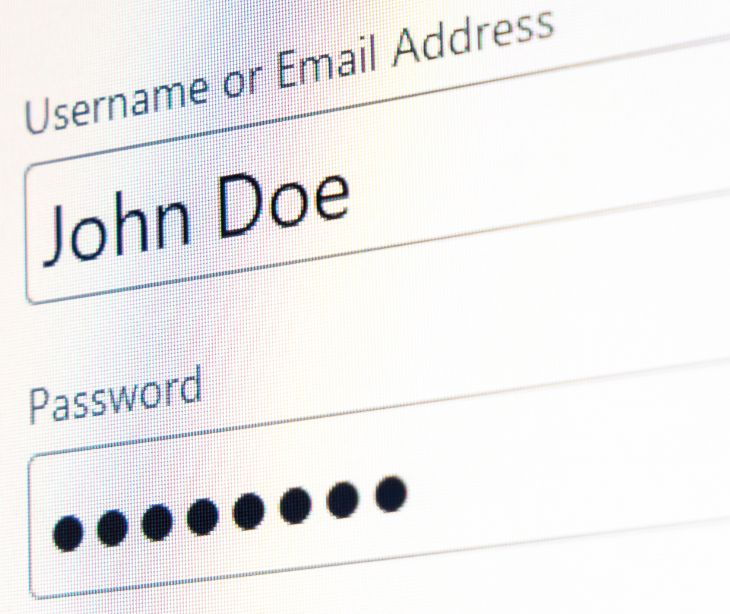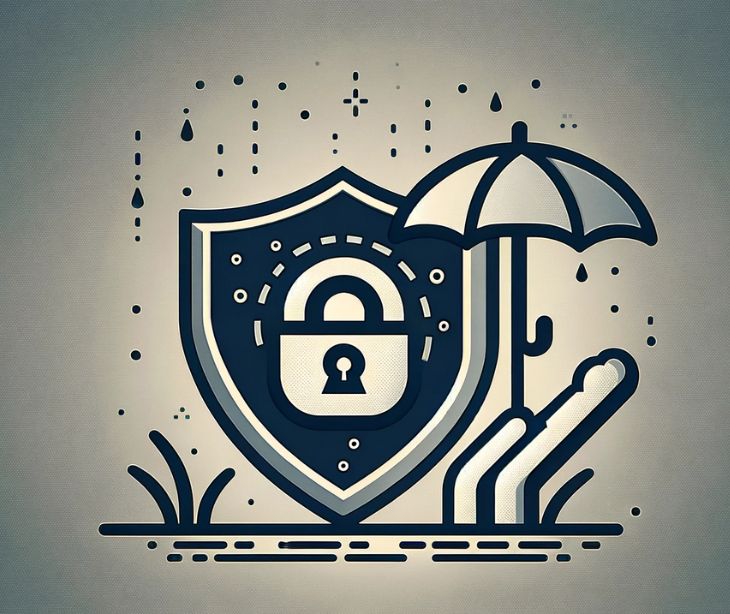3 min read
Inbound email security best practices to protect sensitive information
 Dean Levitt
March 27, 2023
Dean Levitt
March 27, 2023

Ensuring the privacy and security of patient information is of utmost importance for building and maintaining trust with patients. According to HIPAA regulations, healthcare professionals are required to safeguard protected health information (PHI). Although inbound emails may not be directly under your purview, it’s important to remember that all covered entities are responsible for protecting against inbound cyber threats.
Email is a universally-used communication tool, but it also poses a risk to sensitive data if not appropriately handled. Inbound email security best practices can help safeguard against cyber threats like phishing, malware, and data breaches. This article will discuss ten best practices to improve your inbound email security.
1. Develop an incident response plan
An incident response plan outlines the steps to take in case of a security breach. This document helps your practice respond quickly and efficiently to mitigate the impact of a security incident. To develop an incident response plan, follow these steps:
- Identify the key stakeholders: Include all employees, vendors, and contractors who have a role in the response plan.
- Define the scope of the plan: Identify the types of security incidents that the plan will address and the severity level of each type.
- Develop a response process: Define the steps to take in a security breach, including who will take responsibility for each step and how to document the incident.
- Train employees on the plan: Make sure everyone knows the incident response plan.
An incident response plan is essential for inbound email security because it helps quickly respond to email-based cyber threats.
2. Use secure email services
Using secure email services is critical to protect against inbound email security threats. Here are some simple steps to follow:
- Choose a HIPAA compliant email provider: Look for an email provider that encrypts emails in transit and at rest.
- Sign a Business Associate Agreement (BAA): Make sure to sign a BAA with your email provider, which outlines their responsibilities for protecting patient data.
- Use strong passwords and two-factor authentication: Require employees to use strong passwords and enable two-factor authentication to ensure that only authorized personnel can access sensitive information.
Related: How to send HIPAA compliant emails
3. Implement access controls
Implementing access controls is another essential inbound email security best practice. Here’s how to do it:
- Use strong passwords: Require employees to use strong, unique passwords that are changed frequently.
- Use two-factor authentication: Enable two-factor authentication to ensure only authorized personnel can access sensitive information.
- Restrict access to email systems: Limit email access to only authorized personnel.
- Manage user accounts: Have procedures to create, manage, and disable user accounts as needed.
4. Train employees
Training employees to recognize phishing emails and other email scams is crucial for inbound email security. Here’s how to do it:
- Provide regular training: Train employees on the latest phishing tactics and common email scams.
- Encourage reporting: Employees should immediately report suspicious activity to the IT department.
5. Use email filters
Using email filters is another important inbound email security best practice. Here’s how to do it:
- Set up email filters: Email filters automatically flag suspicious emails.
- Block known spam sources: Ensure that any known spam sources are automatically blocked.
- Train employees: Train employees to identify and report suspicious emails.
- Use Geofencing: Geofencing reduces phishing by quarantining emails based on the country the email passed through.
Related: ExecProtect updates guard against the latest display name spoofing attacks
6. Encrypt sensitive data
Encrypting sensitive data is essential to protect it from unauthorized access. Here’s how to do it:
- Use email encryption: Ensure your email system automatically encrypts messages containing sensitive data, like protected health information (PHI).
- Encrypt attachments: Encrypt attachments containing sensitive data before sending them via email.
Related: What types of encryption methods encrypt email attachments?
7. Use firewalls and antivirus software
Add firewalls and antivirus software on all devices. Keep the software up-to-date with the latest security patches and updates.
- Use email-specific antivirus software: Use antivirus software designed for email systems to scan all incoming and outgoing emails.
- Configure firewalls: Configure firewalls to restrict access to email systems to only authorized personnel.
8. Monitor email traffic
Keeping an eye on email traffic helps to protect your practice’s sensitive information. By monitoring email traffic, you can quickly identify potential security threats and take action to prevent data breaches.
- Use email monitoring tools: Use email monitoring tools to track email traffic and identify potential security threats.
- Establish regular email traffic reports: Set up regular email traffic reports to monitor for abnormal activity.
- Train employees: As mentioned above, train employees to identify and report suspicious email traffic.
9. Backup your email data
HIPAA regulations require healthcare organizations to implement a contingency plan that includes data backup and disaster recovery. Backing up email data is crucial for protecting against data loss and maintaining the confidentiality, integrity, and availability of ePHI.
Backing up your email data is an essential best practice to protect against data loss. Here’s how to do it:
- Establish a backup schedule: Set a schedule for regular email data backups.
- Use secure backup solutions: Use secure, HIPAA compliant, encrypted backup solutions.
- Test backups regularly: Test backups regularly to ensure they are working correctly and can be restored in case of a security breach or other issue.
10. Conduct regular security audits
HIPAA requires covered entities to regularly conduct security audits to maintain compliance and protect ePHI.
Here’s how to conduct security audits:
- Identify areas for review: Identify key areas for review, including email system access, user accounts, and security policies.
- Conduct a comprehensive review: Review each area for potential security vulnerabilities.
- Develop a plan to address any vulnerabilities: Develop a plan to address any security vulnerabilities identified during the audit.
Related: How to conduct a HIPAA compliance audit
These ten inbound email security best practices can help protect your practice’s sensitive information and prevent security breaches. Remember that inbound email security is an ongoing process, and staying up-to-date on the latest best practices and security threats is essential for maintaining your practice’s security.
Subscribe to Paubox Weekly
Every Friday we'll bring you the most important news from Paubox. Our aim is to make you smarter, faster.





